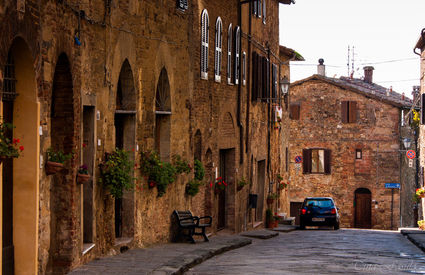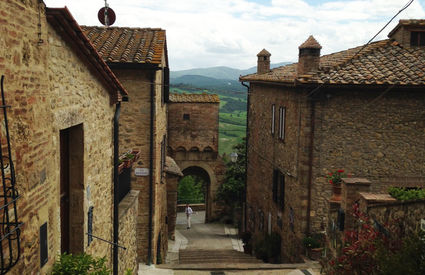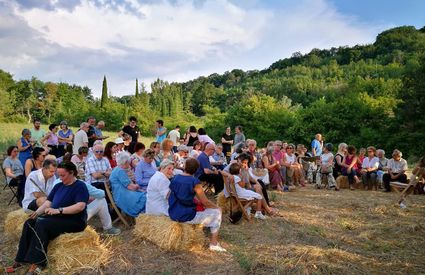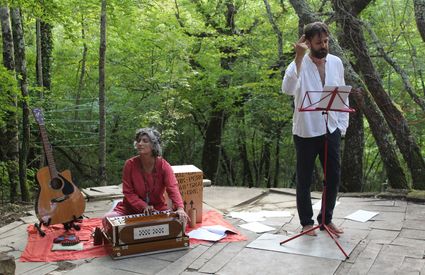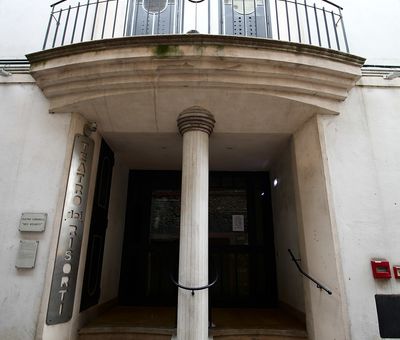Theatre for the rich, theatre for the poor
In the 1900s, there were two theatres in Radicondoli: Teatro della Pappa, frequented by the wealthiest families, and Teatro dei Risorti, for the commoners, which stages light operas, music and concerts. The most highly-anticipated events were the parties that farmers and peasants went to, arriving on their carts or on foot through the fields. When they got into town, they would swap their muddy shoes for their best pair. There are still those who remember the amusing scenes of people “freshening up”: during the dance, the orchestra would randomly call for people to “freshen up,” and the men were expected to offer the women they were dancing with a drink. Considering the poverty of those days, it was often embarrassing for those in the midst of it and fun to watch for those on the sidelines, so much so that these scenes have become the stuff of legends. In order to avoid paying, there were even those who faked sickness, struck by something sudden and mysterious!


